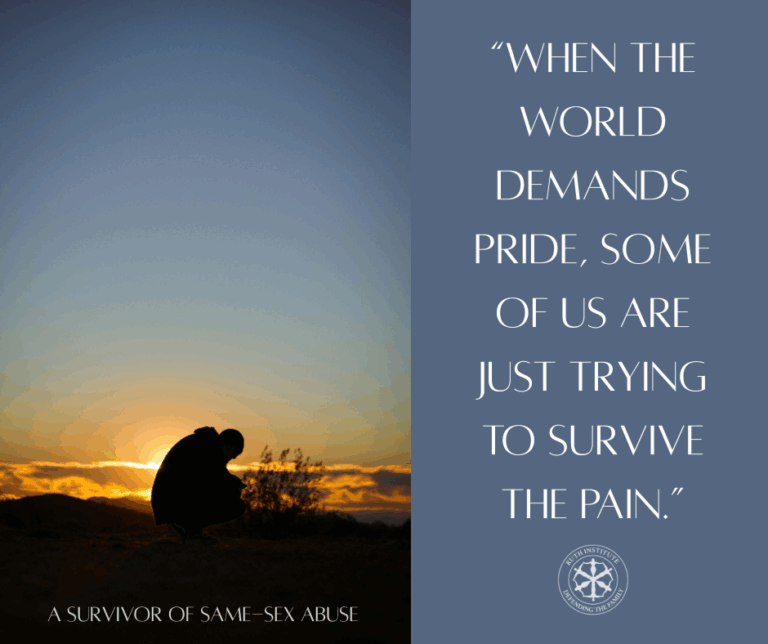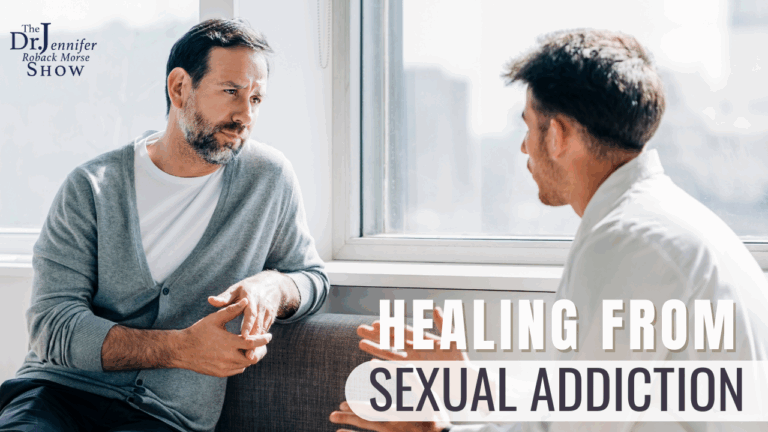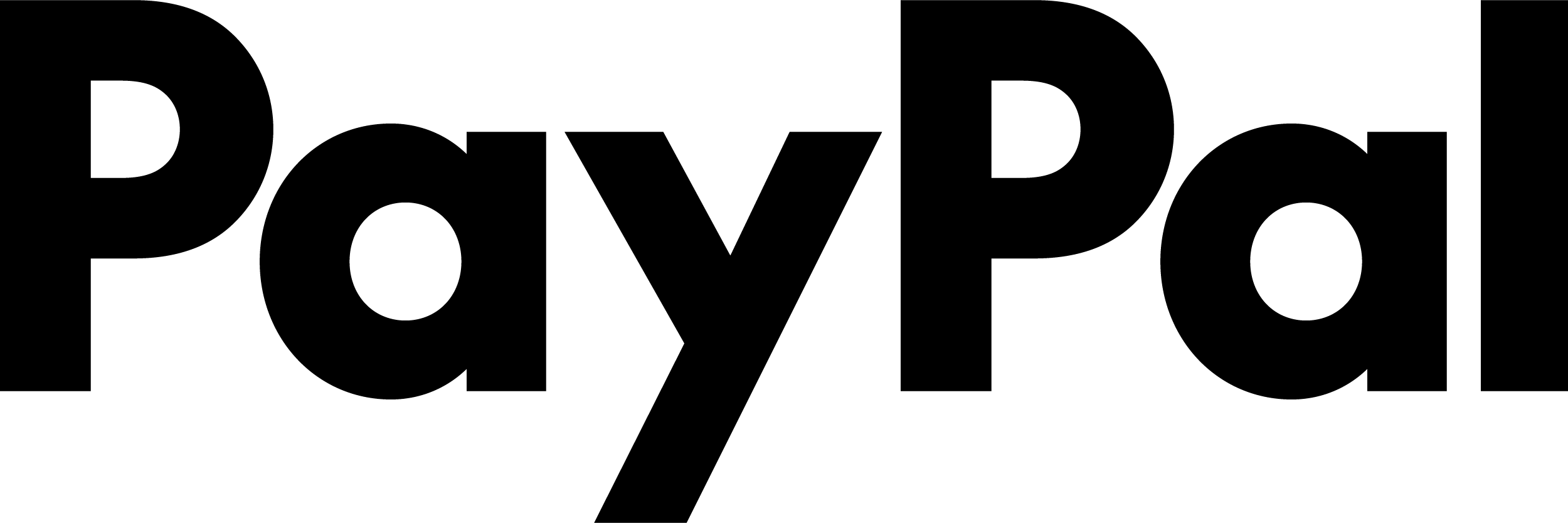by Jennifer Johnson (left) and Brenda A. Baietto, Esq.
This article was first published September 11, 2017, at Americanbar.org.
Due to no-fault divorce and “diverse family structures,” children often experience a form of inequality that is largely ignored. With lawyers and
judges focused on a liberty that is defined as adults’ happiness with their family structure choices, there is little focus on the inequalities
these choices create for children. The legal profession readily supports the thinking that a happy adult makes for a happy child, yet we disregard
a century of jurisprudence linking the state’s interest in natural marriage to children and their formation and the substantial body of literature
linking children and communities flourishing with the stable presence within a family of married, biological parents. Nor does the “best interests of the child” standard address this form of structural inequality.
Finally, it is only fair to consider the testimonies of the children affected, especially once they are old enough to separate appropriately
from their parents, examine their childhoods in an objective manner, and then decide for themselves how fair and just it was.
Family Structure Equality for Children
There is a kind of equality for children that deserves attention. It is called “family structure equality.” It is the idea that most children
should have the same kind of family structure, one founded on the lifelong marriage of their own married mother and father, also known
as natural marriage. This is humanity’s anthropological truth, our foundation—preexisting the law of marriage. Diagrammatically,
this is represented as an inverted triangle, with the couple’s child or children at the third point. This triad, in line with overwhelming
social science evidence (both past and present), is the family structure that best ensures equality for children—equality of love,
belonging, and security. When the family breaks down or doesn’t form according
to the triad, the inequalities for children multiply. Here are three ways this happens.
1. Two half-time dads do not equal one full dad. When parents divorce, a child can spend his or her childhood going back
and forth between “two homes.” If both parents remarry, that child can conceivably have a male father figure in each home. So the child
has two half-time dads: a dad and a step-dad. For that child, however, having two half-time dads does not equal having one full-time
dad. To a casual observer, it might seem as though the child being with each of them half the time would be the same as having one
whole dad. But for one of the authors of this article, Jennifer Johnson, who was raised by divorced parents, it was not:I am not 100 percent sure how I came to this realization, but I do remember thinking it as I stood in the driveway one day when I was
about 12 years old. I remember feeling terrible about the messed-up nature of my family, how alone I was in it, and how it was
never going to change.
Perhaps I came to this realization because I was an eyewitness to what a full-time dad looked like. My step-dad was a full-time dad
to my half-sister. She lived with both her married parents, my mom and my step-dad. I could see that what she had and what I had
were two different things. In each home, I needed to pretend that my other parent (and that parent’s family) did not exist, meaning
they were not welcome. Family photos of other people’s whole families were on the walls, but not of my whole family. Group family
photos were taken and hung on the walls, but I wasn’t in them. I was the only one who had divided Christmases, divided birthdays.
While all this was going on for me, I am acknowledging everybody’s mother and father and their whole families. But mine was not
acknowledged. Thus, I had no real sense of family and home.Jennifer Johnson, Marriage and Equality: How Natural Marriage Upholds the Ideal of Equality for Children (Ruth Institute 2017).
2. Non-triad arrangements. Other types of non-triad arrangements have inequalities as
well. Children who are conceived from anonymous gametes must pretend that half of who they are does not exist.If the parents were raised inside the intact triad, then there is an inequality between the parents and the children because there are
two different standards being applied. The child must pretend that half of himself or herself does not exist, while the child’s parents
do not. A study was conducted in 2010 of young adults who had been conceived through sperm donation. Two-thirds of them agreed with
this statement: “My sperm donor is half of who I am.” Elizabeth Marquardt et al., My Daddy’s Name Is Donor: A New Study of Young Adults Conceived Through Sperm Donation (Inst. for Am. Values 2010).
“It’s going to be heartbreaking for him (Zachary) to grow up and realise he hasn’t got a mummy.” —Elton John (quoted
in Sarah Nathan, “It Will Break My Son’s Heart to Realise He Hasn’t Got a Mother,”
Daily Mail, July 15, 2012).The wedge between a child and the gamete donor represents the legal system. It permanently blocks children from knowing half of their family
trees. In some cases, this includes falsifying the child’s birth certificate with the social parent’s name. Consider the additional
stressors these kids endure:Who is my donor?
Who are my half-siblings?
Will our paths cross?
Will I accidentally marry one of them?This is an inequality in their family structure that neither their parents nor their peers share, with stressors that their parents and
their peers can hardly even imagine.3. Disenfranchised grief. If a child thinks or feels something about the inequality he or she experiences,
the child’s thoughts and feelings may not be welcome. To welcome those thoughts and feelings might cast doubt on the structure of the
family and call into question the adults’ freedom to make those choices. Thus, the child suffers a disenfranchised grief, one not accepted
by the wider culture. Part of the healing process for these people is having the freedom to talk about the inequalities without being
judged or pathologized. This is a kind of equality that is now denied in the popular culture.
Addressing Adoption
Even if our society agreed with all of this, there would still be a small amount of structural inequality among children. Death, rape,
ignorance, and human weakness mean that some family structure inequality will always exist. Adoption serves as a remedy for this kind of
inequality because it provides parents to children who need them.
We must distinguish between adoption and other instances where children are not being raised with their own married parents. Anonymous gamete
donation, for example, is not analogous to adoption. It is when adults want to become parents and use money and business contracts to create
children. Consider the screening process. In adoption, adults are screened. Those who are deemed unfit to be parents are excluded, at least
in principle. In anonymous gamete donation, the children are screened. Those deemed unfit to be children are aborted, thrown away as embryos,
or permanently frozen. Adults with enough money can be parents using this technology, including those with criminal histories or personality
disorders. People with criminal histories and personality disorders can become parents under natural marriage, but they must secure the
cooperation of the child’s other genetic parent, which mitigates the child’s risks.
The Legal Community’s Responsibility
The “best interests of the child” standard, which is used where there are custody and time-sharing disputes, focuses on individual “fitness”
to parent or what parenting arrangement would benefit a child in the future (or both). It does not address the family structure itself.
Nearly all states share a codified list of factors to determine the best interests of the
child that serves to remind parents of their parental responsibility to the child—”while marriages and relationships may dissolve, parents are forever.”
Implicitly, the assumption is that children need “parents,” but what that means is untethered from familial structural equality and tied
more closely to the freedom of adults to make those choices, regardless of the social science.
St. Pope John Paul II has said that the future of the world passes through the family. If, in that future, our children grow up accustomed
to inequality and injustice, what can they pass on to the next generation? Adult children of divorce and other non-triad arrangements are
speaking out. It is incumbent on us to review that literature, whether it is the six adult children of gay parents who filed amicus briefs
against gay marriage in the Obergefell case or the video by Zach Wahls advocating for his lesbian parents and separately pointing
out the joy of having and knowing about a biological sister (a shared sperm donor) or author Jennifer Johnson’s testimony about her negative
experiences with no-fault divorce. See also Leila Miller’s new book, Primal Loss: The Now-Adult Children of Divorce Speak (LCB Publishing 2017).
The legal community is ethically bound to uphold truth and justice for all citizens—adults and children. We have accepted children’s
inequality as part of the landscape of contractual families that provide unbridled freedom to the adult. Should the legal community reevaluate
when to apply the best interest standard? Should it be applied before an adult is given autonomy with a child’s family structure? Can a
guardian ad litem focus on these inequalities and be a source of education for parents? Are the child’s true best interests being sacrificed
at the time an alternative family is founded, where that child is without any legal protection? We in the legal community must reevaluate
our duty to children when we are involved in the formation and dismantling of families.
Jennifer Johnson is the associate director for the Ruth Institute. She was raised by divorced parents and is the author of Marriage
and Equality: How Natural Marriage Upholds the Ideal of Equality for Children. Brenda A. Baietto, Esq. is a family law attorney and mediator for Tampa Mediations, LLC, in Tampa, Florida.



